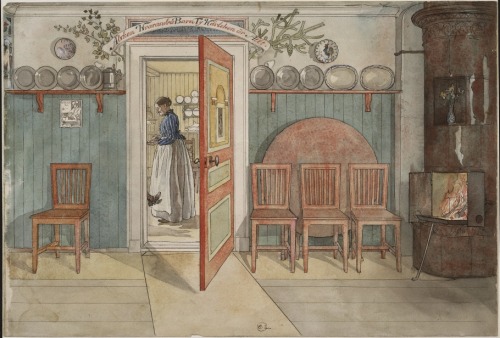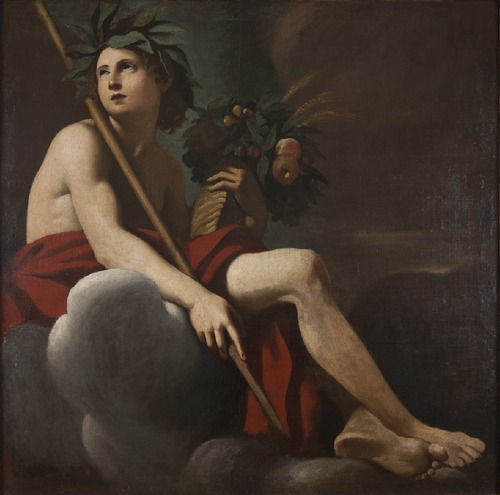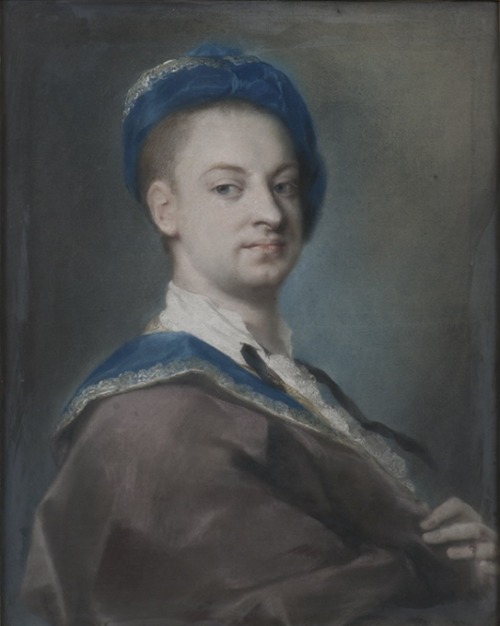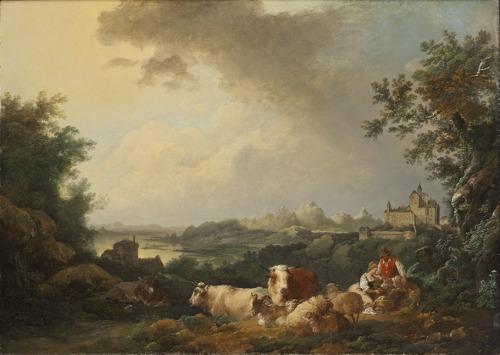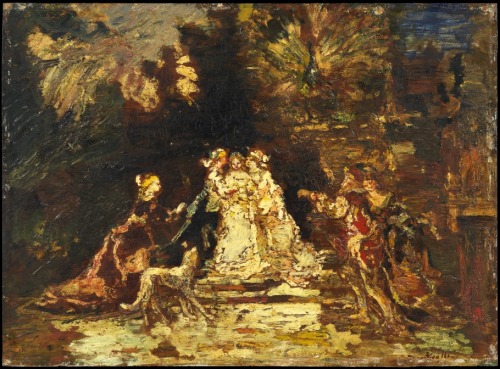#nationalmuseum
Wed, 05 Jan 2022 11:39:51
Sun, 31 Jul 2016 05:55:15
Wed, 05 Jan 2022 10:02:29
Thu, 16 May 2019 00:15:07
Tue, 04 Jan 2022 17:28:25
In the Kitchen Garden, Carl Larsson, 19??,Nationalmuseum, SWE
The vegetable patch is bathed in sunlight. Carl Larsson’s portrayal of light is so realistic that we almost share the girl’s experience of being blinded by it. There is not much shade in this picture. That is because the sun is high in the sky, but the artist has probably also chosen to leave it out to maximize the effect of strong sunlight. The painting was made in the international artist colony in Grez-sur-Loing south of Paris, where Larsson developed his watercolour technique in 1883–1884, in lighting conditions that were different from Sweden.
Post link
Old Anna. From A Home (26 watercolours), Carl Larsson,Nationalmuseum, SWE
Carl and Karin Larsson combined new design with old traditions. Practicality dictated their interior design, but it was equally important that furniture and objects form an attractive harmony. This ideal was also propagated by others, including Ellen Key, who advocated homes that were in a new and light style, in her essay “Skönhet för alla” (Beauty for All) in 1899. The Larssons moved to Lilla Hyttnäs, a house in Sundborn, in the summer of 1889. Here, Carl and Karin together created the interiors that made their home famous. Karin designed the furniture and textiles, which she embroidered and wove. A studio was fitted up in one of the hallways. It features many eye-catching details, including the funny man crowning a column. When a larger studio extension was added, this room became a workshop for the whole family. The interiors of the Larsson home were characterised by rural simplicity. Nevertheless, every detail was carefully designed, with influences from England, Scotland and Japan. The kitchen, which was first and foremost a place for household chores, did not display the same modern interior style and comfort as the rest of the house.
Post link
Mamma’s and the Small Girls’ Room. From A Home (26 watercolours), Carl Larsson,Nationalmuseum, SWE
Carl and Karin Larsson combined new design with old traditions. Practicality dictated their interior design, but it was equally important that furniture and objects form an attractive harmony. This ideal was also propagated by others, including Ellen Key, who advocated homes that were in a new and light style, in her essay “Skönhet för alla” (Beauty for All) in 1899. The Larssons moved to Lilla Hyttnäs, a house in Sundborn, in the summer of 1889. Here, Carl and Karin together created the interiors that made their home famous. Karin designed the furniture and textiles, which she embroidered and wove. A studio was fitted up in one of the hallways. It features many eye-catching details, including the funny man crowning a column. When a larger studio extension was added, this room became a workshop for the whole family. The interiors of the Larsson home were characterised by rural simplicity. Nevertheless, every detail was carefully designed, with influences from England, Scotland and Japan. The kitchen, which was first and foremost a place for household chores, did not display the same modern interior style and comfort as the rest of the house.
Post link
The Entry of King Gustav Vasa of Sweden into Stockholm, 1523, Carl Larsson, 20??,Nationalmuseum, SWE
Post link
Ludvig Looström, 1848-1941, Carl Larsson, 20??,Nationalmuseum, SWE
Looström was the director of the Nationalmuseum in 1900–1915. During that period, Larsson created two monumental paintings for the Museum’s stairwell. When Gustav Vasa’s Entry into Stockholm was being painted (completed in 1908), Looström appeared as one of the artist’s most avid admirers. When he supported the rejection of Midwinter Sacrifice a few years later, it led to the end of their friendship. This portrait was made while they were still on a friendly footing. Looström is shown sitting in his office at the Museum, dressed in his famous round smoking cap.
Post link
Sun, 02 Jan 2022 16:05:30
Mon, 27 Dec 2021 16:51:39
Wed, 05 Jan 2022 13:01:24
Landscape with Resting Cattle, Philippe-Jacques Loutherbourg d.y., 1767,Nationalmuseum, SWE
Post link
Eric af Wetterstedt, 1736-1822, Landshövding i Uppsala, Lorens Pasch d.y.,Nationalmuseum, SWE
Post link
Wed, 05 Jan 2022 20:52:20
Wed, 05 Jan 2022 19:51:06
Wed, 05 Jan 2022 19:34:34
Still Life with Ham on a Pewter Dish, a Faience Set and a Bowl of Gooseberries and Red Currants, Pehr Hilleström d.ä.,Nationalmuseum, SWE
Post link







